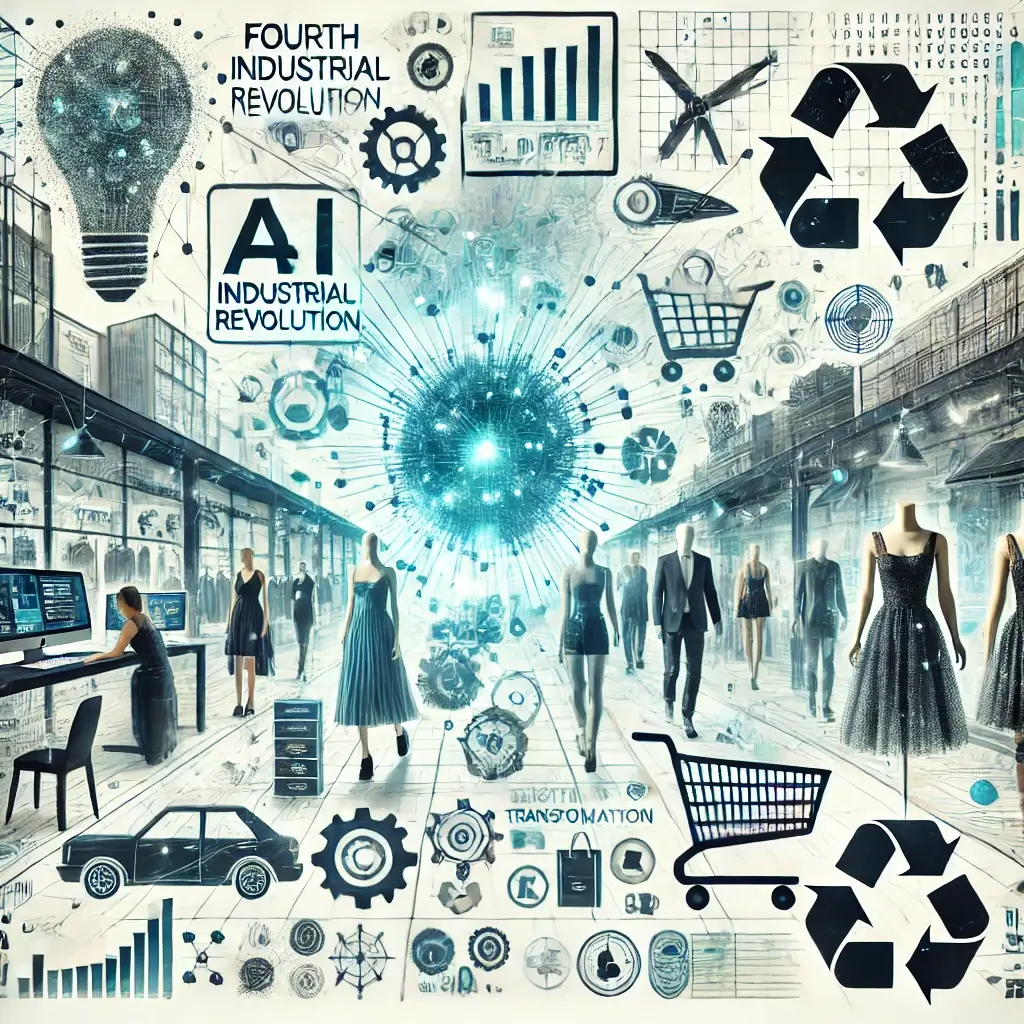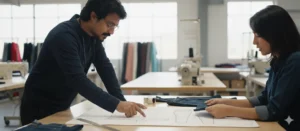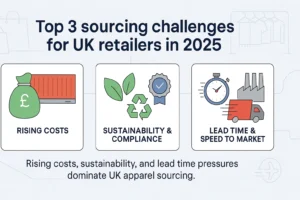
The Fourth Industrial Revolution, often referred to as Industry 4.0, has brought transformative changes to various sectors, with fashion retailing being no exception. The convergence of physical and digital retail spaces, accelerated by the rapid onset of digitalization, has revolutionized how consumers shop for fashion products. This revolution began in the mid-1990s, when technological advancements like the World Wide Web started enabling online shopping.
A New Era of Fashion Retail
The early stages of online retailing were marked by a few products available for purchase through websites. One of the pioneers in this space was Amazon, which started as an online bookstore in 1994. As more retailers adopted e-commerce, the focus shifted toward building trust with customers regarding online transactions. For fashion retailers, in particular, this meant providing high-quality visuals, accurate sizing guides, detailed product descriptions, secure payment methods, and customer-friendly return policies.
By the dawn of the 21st century, online shopping had become a critical element of the fashion industry. Advances in website design and the seamless integration of brick-and-mortar stores with online and mobile shopping experiences gave rise to new opportunities. This omnichannel approach allowed retailers to reach more consumers and enhance their shopping experience, but it also introduced challenges in managing inventories, ensuring consistent customer service, and streamlining operations across multiple platforms.
The Role of Emerging Technologies
As the Fourth Industrial Revolution continues to evolve, the fashion retail industry is embracing cutting-edge technologies to stay competitive. Artificial intelligence (AI), data analytics, robotics, and autonomous delivery systems are reshaping how products are manufactured, marketed, and delivered. AI, for example, helps retailers analyze consumer behavior, personalize shopping experiences, and optimize inventory management. Robotics are being used in warehouses and stores to handle tasks ranging from stock replenishment to customer service.
Moreover, the rise of the on-demand economy has introduced new retail models, such as “see now, buy now” collections, where consumers can purchase items immediately after they debut on the runway. The sharing economy has also gained traction, with fashion resale platforms growing in popularity, as more consumers opt for sustainable shopping choices.
Sustainability and Circular Fashion
One of the most disruptive changes brought about by Industry 4.0 is the focus on sustainability in fashion. Closed-loop systems—where products are designed to be recycled or upcycled—are becoming more mainstream. This shift has given rise to circular fashion, where brands prioritize minimizing waste, recycling materials, and repurposing textile waste. Consumers are also playing a role by participating in fashion resale platforms, which encourage second-hand shopping and reduce the demand for fast fashion.
In summary, the Fourth Industrial Revolution has fundamentally reshaped fashion retailing. From the early days of e-commerce to today’s AI-powered, omnichannel experiences, the fashion industry has undergone significant transformations. As digital and physical spaces continue to blur, retailers must stay agile, embrace technological innovations, and adopt sustainable practices to meet the ever-changing demands of the modern consumer.
For more insights into the fashion industry and the latest trends, visit antor.xyz or reach out via email at antor@anto.xyz
Share Button






